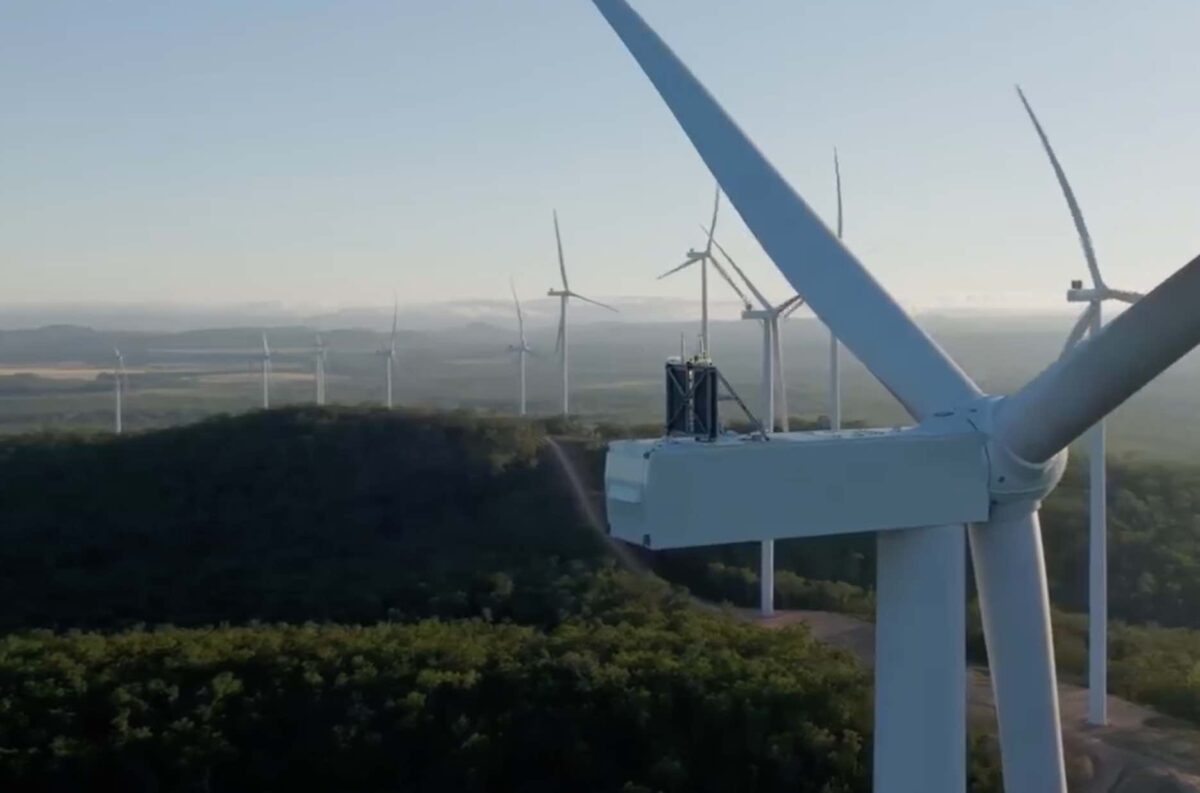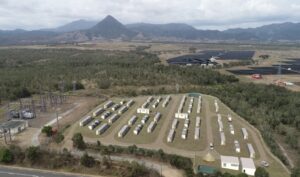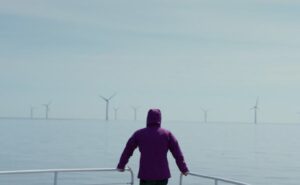If you took the wind, solar and storage developers operating in Australia at their word, you would be wondering what the problem was. There are no shortage of plans to build multiple gigawatts of this, and multiple gigawatts of that – but the grim reality remains that most are stalled at the starting gate.
The latest quarterly survey from the Clean Energy Council suggests that – despite the confirmation of ambitious renewable targets by state and federal governments, and several significant contract and tender announcements, and the grand plans of developers – things are not moving nearly fast enough on the ground.
The CEC’s Renewable Projects Quarterly Report finds that just $150 million of wind, solar and battery projects reached financial close in the September quarter.
In fact, there were just two projects to reach FID, according to the CEC data – the 120MW Munna Creek solar farm in Queensland that will be contracted to NBN and Telstra, and an off-grid 41MW hybrid system supplying a mine in Western Australia.
That, according to the CEC, is one of the lowest tallies since the dark days of the Coalition government in 2017, and nowhere near enough to reach Australia’s stated target of 82 per cent renewables by 2030, or its climate targets.
“These numbers are a clarion call for strong and decisive action,” CEC chief executive Kane Thornton said in a statement.
“Between now and 2030, Australia needs a substantial increase in financial commitments for large-scale renewable projects, in the order of 6.9 GW per year to achieve the Federal Government’s target of 82 per cent by 2030.
“We welcome the Federal Government’s commitment to bringing forward the necessary generation in order to make sure that we can deliver the low-cost, clean electricity we need to replace ageing coal-fired generation.”
The tally of projects reaching FID can be a narrow assessment of what’s going around the country, as some projects will be contracted, win tenders, and even start construction before officially reaching FID, which locks in the financial details.
Indeed, Western Australia has been a hive of activity with the biggest rollout of big battery projects seen across the grid, including the completion of the first big battery at Kwinana, and contracts awarded to another three big batteries totalling more than 500MW and more than 1800MWh, and even bigger ones to follow.
The CEC’s project report notes that there are 35 battery projects under construction around the country (see RenewEconomy’s Big Battery Storage Map of Australia for more details), and suggest that there are currently 108 generation and storage projects under construction or at FID around the country.
These total 12.6GW of generation and 5.8GW and 13.5GWh of storage projects. But most of these projects are the legacy of work achieved and contracts written in past years.
The CECs point is that the pace of new commitments has slowed, to just over 500MW in 2023 when between 5,000 MW and 7,000 MW are needed – every year until 2030 to meet that 2030 target.
And, as the industry knows, there are blockages across the grid – from planning problems and obstacles in NSW, to delays in transmission in renewable energy zones, heightened opposition from some communities, and the logistical challenges of actually getting kit into the country.
Thornton says that investment in renewable energy has been in gradual decline since the Renewable Energy Target – a policy that delivered substantial new investment – was met in 2020.
“The rate of investment slowed more dramatically over the past year as a result of higher project costs, complex permitting processes, a congested grid and intensifying global competition in the race to net zero,” he notes.
“While renewable energy remains the lowest cost form of new generation, there is a clear role for government to facilitate the enormous levels of investment needed to transition our energy system, particularly in an era of significant global competition, due to incentive packages like the US Inflation Reduction Act.
Chris Bowen announced a landmark shift in renewable support last week, deciding against an extension to the renewable energy target that many had favoured, and the likes of the CEC had promoted, and choosing instead a more “hands on” approach through contracts awarded under the Capacity Investment Mechanism.
The target is not short on ambition – 9GW of dispatchable capacity (batteries and pumped hydro) and 23 GW of new generation capacity (wind and solar) to be awarded by the end of 2027.
The renewable energy industry just hopes that the details of the mechanism will be the right ones.
“We can unleash the strong investor interest in Australia with the right policy settings to address the barriers to investment, and we look forward to working with the Federal Government on the implementation details of its new Capacity Investment Scheme for renewable energy generation,” Thornton said.








